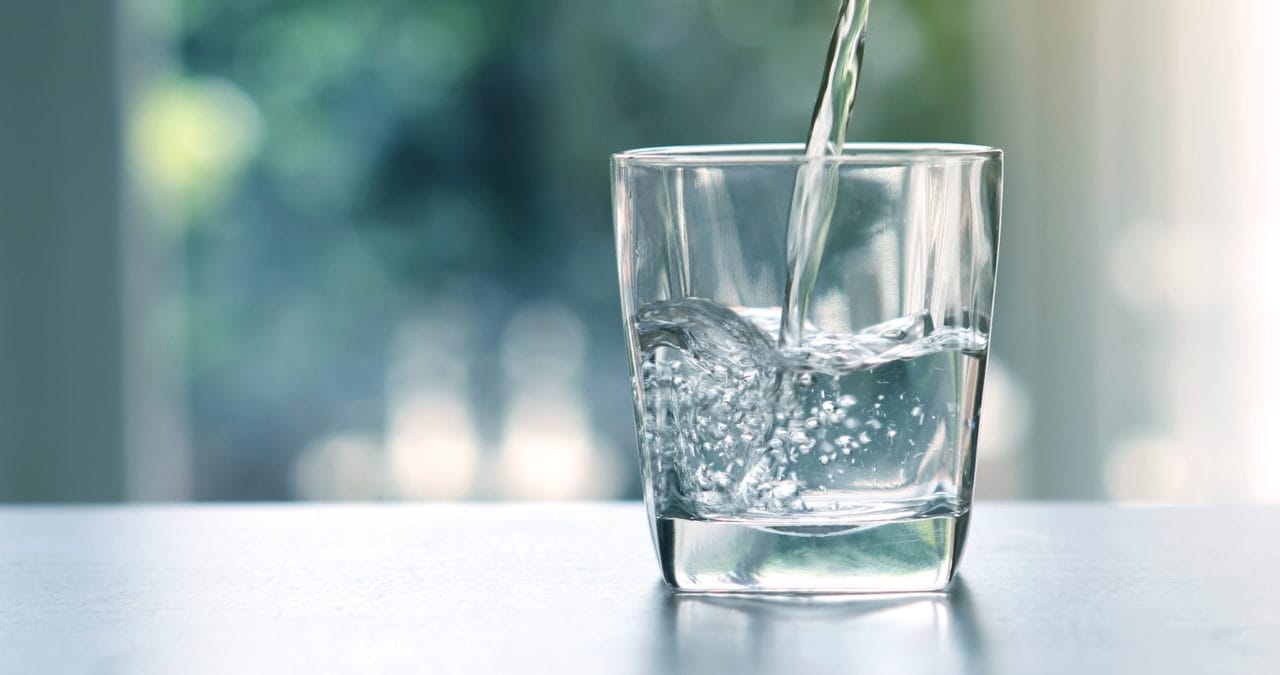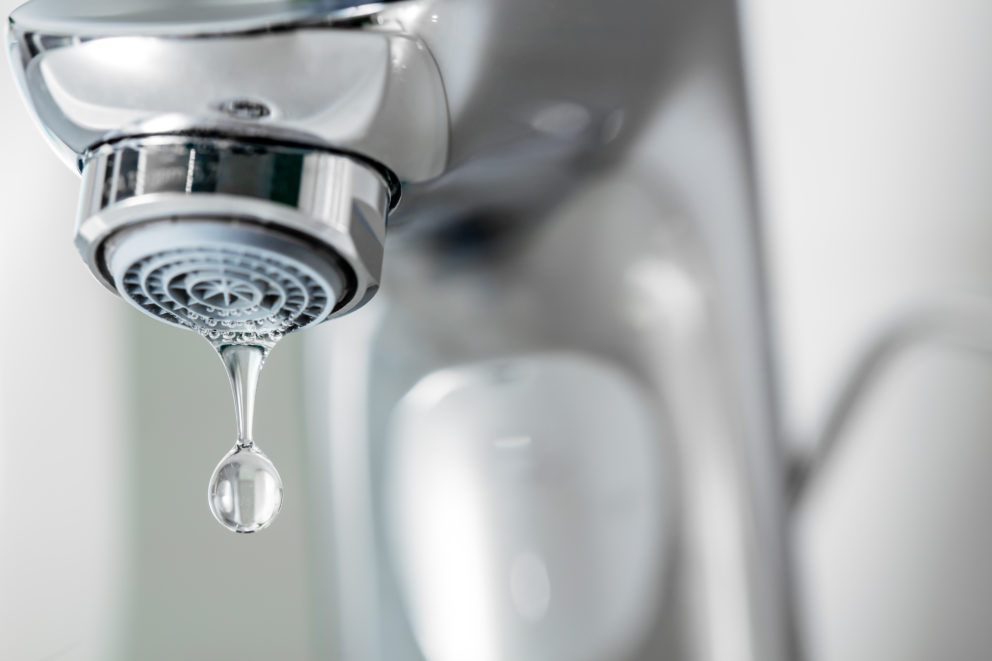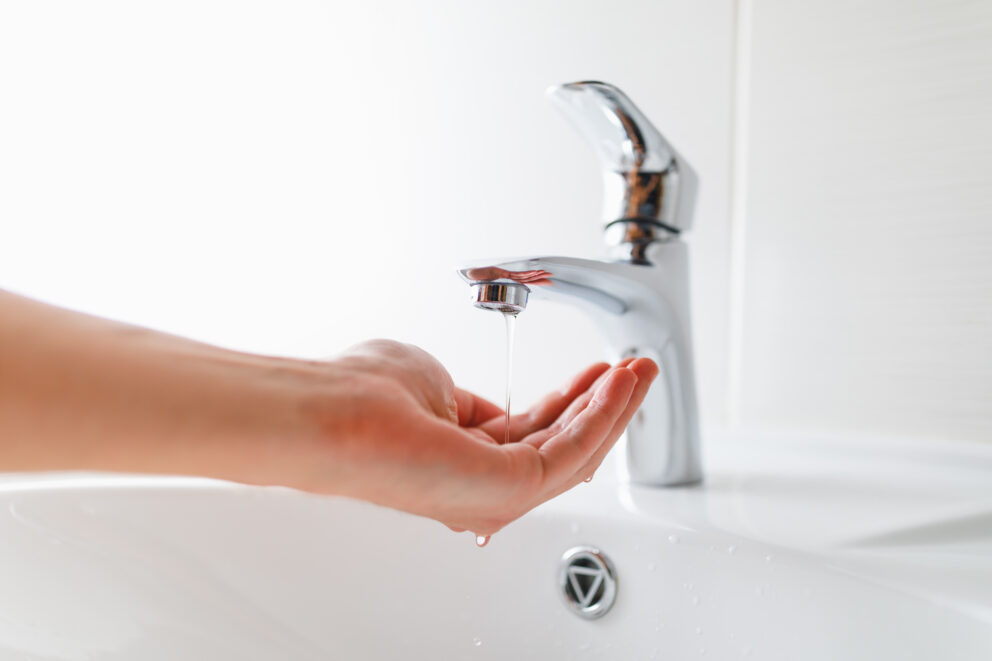All you need to know about Fluoride
Fluoride appears in your water at extremely low levels. This is due to natural filtration through the rocks and soil within your area, concentration of fluoride will vary dependant on the types of rock near the source of your water supply.
Fluoride is only added to a water supply when local Health Authorities instruct water companies to do so. They must have a public consultation if they wish to change fluoridation levels of a water supply.
How much fluoride should be in your water?
The UK regulatory limit for fluoride in drinking water is 1.5 milligram per litre (mg/l). Water companies that treat the water will only add fluoride to water supplies when requested to do so by the local Health Authority. On average the level is only raised to 1.0 milligram per litre (mg/l).
How do you add fluoride to my water?
The process is called fluoridation and strict legal guidelines must be adhered to. Only chemicals that meet stringent quality standards can be used and we must follow the Drinking Water Inspectorate’s Code of Practice for fluoridation to see a copy Fluoridation-Technical-CoP-2021
Do I pay for this?
This is paid for by the Health Authorities that require the fluoridation and is not part of your water bill.
Fuel contamination and your water
If you notice that your water tastes or smells of any kind of fuel you must contact us immediately.
What to look for
- Water that tastes or smells of fuel or solvent
I have or know…
- I have a fuel tank stored on site
- My fuel tank has recently been moved or filled up
- I know there has been a fuel leak or spill nearby
- All or part of my water pipe is made of plastic
Why could this be happening?
Fuel tastes or smells in relation to your water are usually caused by fuel or heating oils that have been spilled on the ground. The chemicals can seep through the ground and soil and enter any nearby plastic pipes to contaminate the water supply.
Did you know…
It can take weeks or months for the taste to affect the taste or smell of your water.
What we advise
- Some chemicals could cause harm so if you do notice a fuel or solvent taste or smell to your water, do not drink or prepare food with this water
- For your own safety, only drink/use bottled water until this issue is resolved
- If oil has been spilt on the land causing contamination to the water supply, the affected pipework will need to be replaced by pipes that have protective properties. For example: Copper pipes, plastic coated or special plastic barrier pipes
We will investigate whether it is our water mains or your service pipe that has been affected, this will determine who is responsible for replacing the pipework and we will advise you either way - If you know of any oil or fuel spills you must contact your local council who will refer you to the environmental health team. They will try to prevent any further damage to the environment. This can also help to prevent the water being contaminated if it hasn’t already occurred.
Lead and your water
How to identify if lead might be an issue within your property and if it is what to do if you find it.
How does lead get into my tap water?
If any part of the pipework that connects your property to the water mains is made from lead, it can result in lead in your water.
What are Icosa doing about this?
All Icosa Water networks are constructed from either plastic or ductile iron pipes. Where we must replace networks at sites, we actively look to replace lead services up to our meter.
Lead and your health?
The latest medical research and advice suggests that lead is most harmful if large amounts are allowed to build up in the body. It’s important to consume as little lead as possible – especially for young children and pregnant women.
Looking Out for Lead Pipes:
Lead has been used for plumbing since Roman times. If you live in a house built before 1970, you may have lead pipework. It just takes a few minutes to check:
- Find the point where the water pipe enters your property – it’s usually at the internal stop tap, look under your kitchen sink
- Unpainted lead pipes will appear dark grey or black in colour and the joint will appear swollen
- The metal is soft with a dull coating. If you scrape it gently with a coin, a shiny silver strip will appear
Reducing lead levels:
The best way to eliminate lead in your water is to replace the pipework as soon as possible.
However, if you need to use lead pipes these simple tips can help to reduce the levels of lead in your drinking water:
It’s important to run your taps for a couple of minutes before you use the water for drinking or cooking. This means the water won’t have been sat for a long period of time. A good way to check if you’ve run the tap for long enough is that you should feel a drop in the temperature of the water. (This water can be used to water your plants)
Only use the cold water tap for drinking and cooking water. Not the hot tap. This is because hot water dissolves more lead, quicker than cold water does.
You can purchase water filters that can remove traces of lead providing that the cartridge is changed regularly.
For independent advice concerning water filters contact, British Water at www.britishwater.co.uk
Please note that boiling water will not remove lead.
Apply for a grant:
Low-income households can apply for a grant from the local council to replace lead pipework.
Lead solder:
Lead can enter the water supply from lead based soldered joints. Lead solder was banned for use in domestic hot and cold water systems in 1987, making its use illegal. However, it isn’t a legal requirement to remove lead solder that was used before 1987, but it should not be used in any new plumbing work or repairs to older systems. It can still be used for non-drinking water systems like central heating.
Replacing your pipes:
Pipes under the road or pavements up to the boundary of your property are either plastic or ductile iron, they are owned by and are the responsibility of Icosa Water.
The pipe from the property boundary up to and including the internal plumbing is normally the responsibility of the property owner. For more details on Pipe ownership please click here.
If you are altering or replacing pipework in your home, ensure that you only use approved materials and an approved plumber or underground installer.
You can find an approved plumber at https://www.watersafe.org.uk/


 >
> >
>